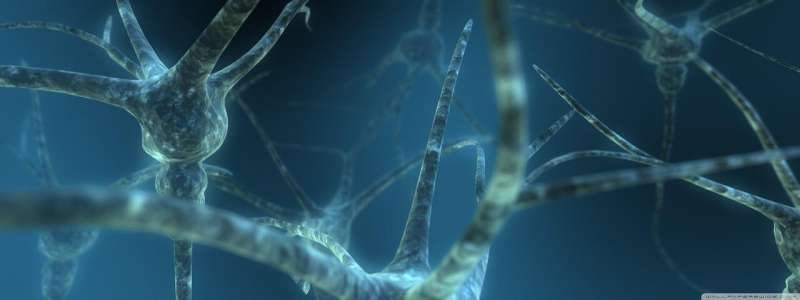Charting the human brain with new tools

Researchers are developing a cell atlas—a comprehensive reference of all cell types, including their location, shape, and distribution—for the human brain. The findings were presented at Neuroscience 2022, the annual meeting of the Society for Neuroscience and the world's largest source of emerging news about brain science and health.
Having a complete cell atlas is critical for observing changes in the brain, such as those caused by disease. A cell atlas for the entire mouse brain, which covers around 100 million cells, was recently developed. Now, the aim is to create an atlas for the non-human primate and human brain, which would cover billions of cells. As the non-human primate and human brains are particularly complex, researchers have developed advanced visualization techniques to catalog brain regions and cell types.
Today's new findings show that:
- Scientists extended the potential of super-resolution shadow imaging (SUSHI) by using 2-photon shadow imaging (TUSHI) to visualize the micro-anatomical organization of the mouse brain in vivo. (U. Valentin Nägerl, University of Bordeaux/CNRS)
- Scientists created a molecularly defined, spatially resolved mouse brain cell atlas via multiplexed error-robust fluorescence in situ hybridization (MERFISH) measurements generated by the MERSCOPE platform. (Jiang He, Vizgen)
- Scientists presented a transcriptomic cell atlas across the whole mouse brain, integrating several whole-brain single-cell RNA-sequencing (scRNA-seq) datasets. (Zizhen Yao, Allen Institute for Brain Science)
- Akoya's PhenoCycler-Fusion platform used an advanced imaging technique to map cellular populations with significantly greater clarity and precision. (Oliver Braubach, Akoya Biosciences)
- CUBIC (clear, unobstructed brain/body imaging combination and computational analysis) methodology found more than 400 million cells across a newborn mouse's whole-body atlas. (Hiroki R. Ueda, RIKEN Center For Biosystems Dynamics Research)
"Ultimately the different data sets generated by different methods can be integrated together to provide a comprehensive description of the different properties of the cells that can go intothe same cell atlas," said Hongkui Zeng, director of the Allen Institute for Brain Science in Seattle.
"Ideally, in the end, we're all converging into the same system to make a holistic, complete cell atlas."
More information: Conference: www.sfn.org/meetings/neuroscience-2022
Conference abstract: www.abstractsonline.com/pp8/#! … 9/presentation/67316
Conference abstract: www.abstractsonline.com/pp8/#! … 9/presentation/72796
Conference abstract: www.abstractsonline.com/pp8/#! … 9/presentation/72812
Conference abstract: www.abstractsonline.com/pp8/#! … 9/presentation/72794
Conference abstract: www.abstractsonline.com/pp8/#! … 9/presentation/78962




















